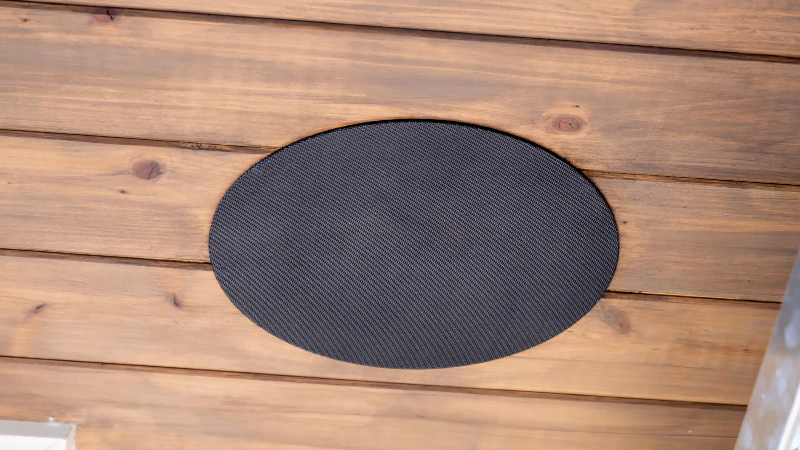In today’s highly competitive manufacturing landscape, maximizing factory productivity is more critical than ever for U.S. plants striving to remain ahead. While many factors contribute to operational efficiency, one area that can have an outsized impact is the design and implementation of control panels. For facilities searching for ways to streamline operations, Industrial Control Panel Design is a key search phrase that brings together best practices, compliance, and modern technology to boost productivity and reduce downtime.
Understanding the Role of Control Panel Design in Productivity
Control panels serve as the central nervous system of any industrial plant, orchestrating the performance of machinery, automation systems, and safety protocols. Well-designed panels not only ensure smooth operations but also minimize the risk of errors, equipment failures, and costly production halts. A thoughtful approach to design can be the difference between a reactive maintenance culture and a proactive, efficient factory floor.
Best Practices for Industrial Control Panel Design
To optimize productivity, U.S. plants should adhere to several best practices in control panel design:
1. Emphasize Standardization and Modularity
• Standardize components: Using standardized components across panels simplifies maintenance, training, and inventory management.
• Modular design: Modular panels allow for easier upgrades and scalability, enabling quick adaptation to evolving production needs without major overhauls.
2. Prioritize Accessibility and Ergonomics
• Clear labeling: All wiring, switches, and devices should be clearly labeled to speed up troubleshooting and servicing.
• Logical layout: Arranging components in a logical sequence reduces operator confusion and shortens response times during critical situations.
• Ergonomic placement: Controls and displays should be positioned at accessible heights and angles to ensure operator comfort and reduce fatigue.
3. Ensure Compliance and Safety
• Adhere to standards: Designs should comply with U.S. regulations such as UL 508A and NFPA 79 to ensure safety and facilitate inspections.
• Built-in safety features: Incorporate emergency stops, lockout/tagout provisions, and proper grounding to protect both personnel and equipment.
• Remote monitoring: Incorporating IoT-enabled devices allows for real-time monitoring and predictive maintenance, minimizing unplanned downtime.
• Data collection: Design panels to gather operational data, supporting continuous improvement initiatives and informed decision-making.
• Allow for expansion: Include space and infrastructure for future additions, making it easy to scale up as production demands increase.
• Documentation: Provide comprehensive documentation and schematics with each panel to support future modifications and troubleshooting.
Key Benefits of Following Best Practices
Implementing these best practices offers tangible benefits:
• Reduced downtime: Faster troubleshooting and maintenance keep production lines running smoothly.
• Improved safety: Compliance and safety features help prevent accidents and ensure regulatory adherence.
• Lower costs: Standardized, modular designs and improved documentation reduce engineering and maintenance expenses.
• Increased flexibility: Smart, scalable panels make it easier to adapt to changing market demands and technological advancements.
Moving Toward Smarter, More Productive Factories
Adopting proven strategies for control panel design is a straightforward way for U.S. factories to enhance productivity, safety, and operational agility. By focusing on standardization, accessibility, compliance, smart integration, and future-proofing, plants can position themselves for long-term success in an evolving industrial landscape. A commitment to best practices not only streamlines current operations but also paves the way for innovation and sustained growth.





